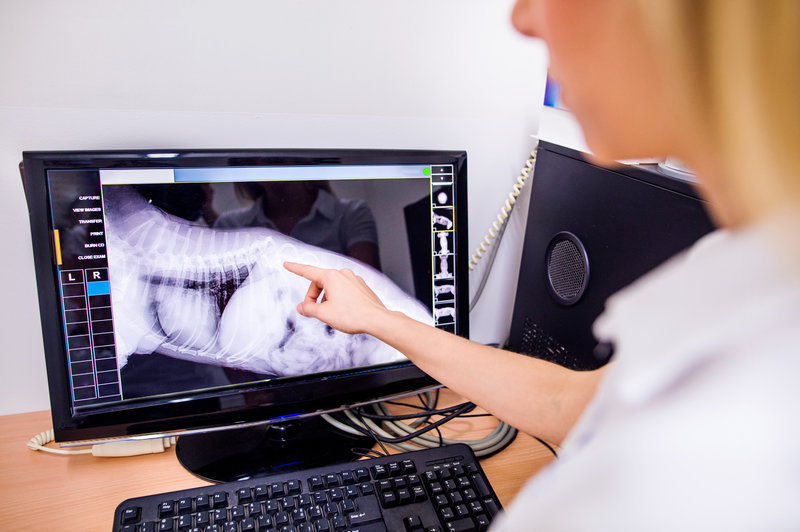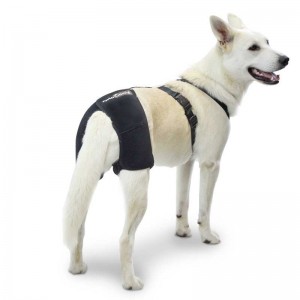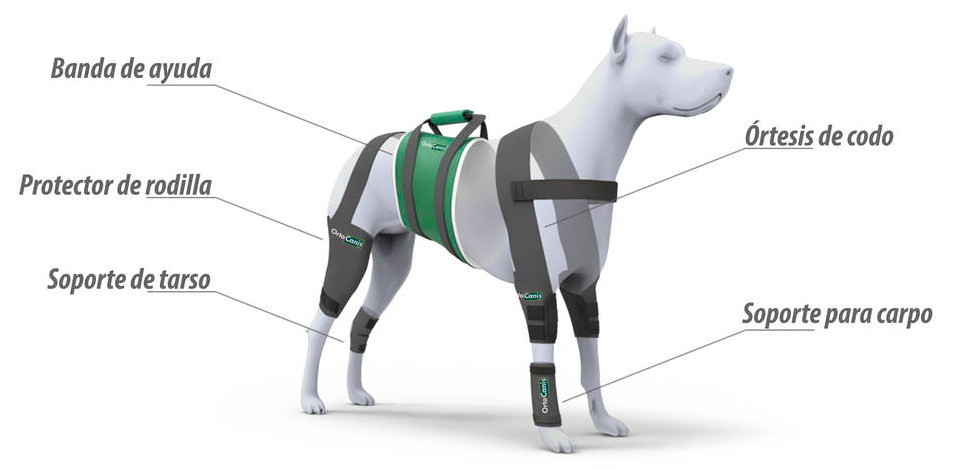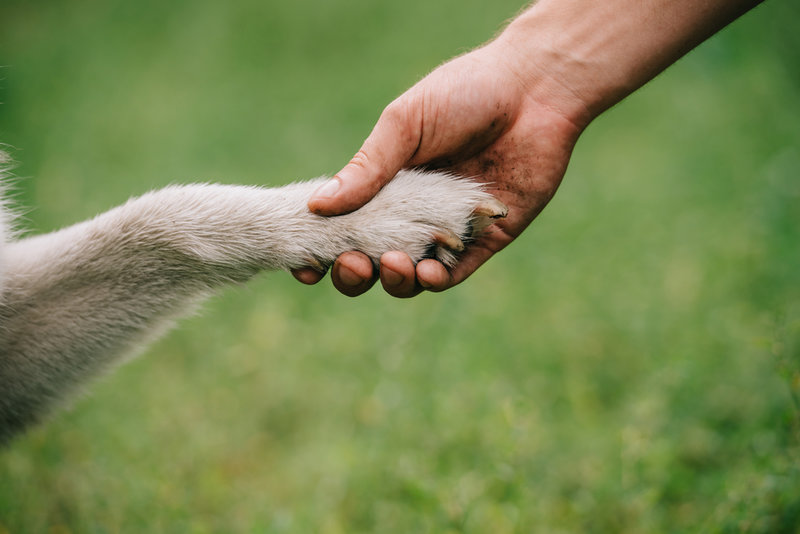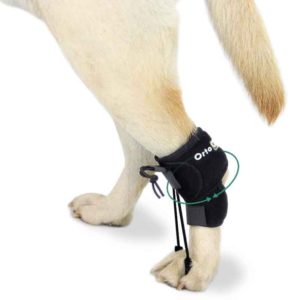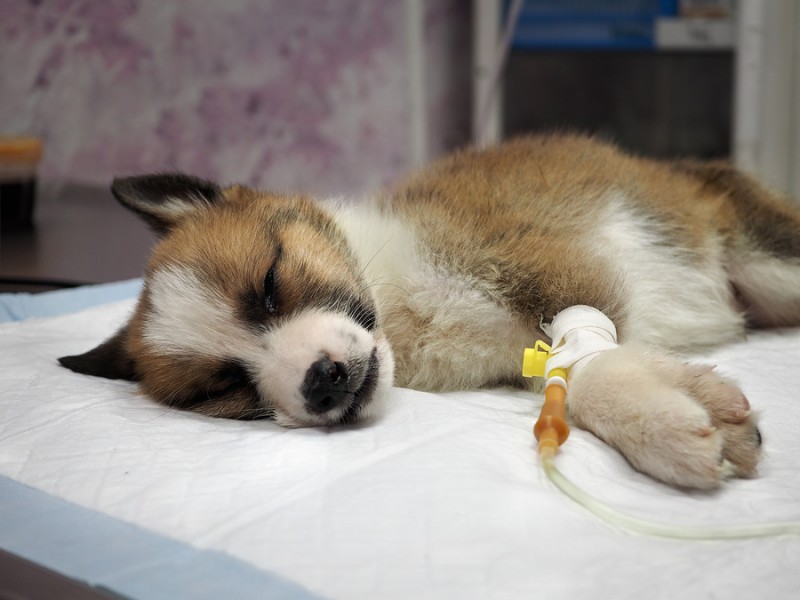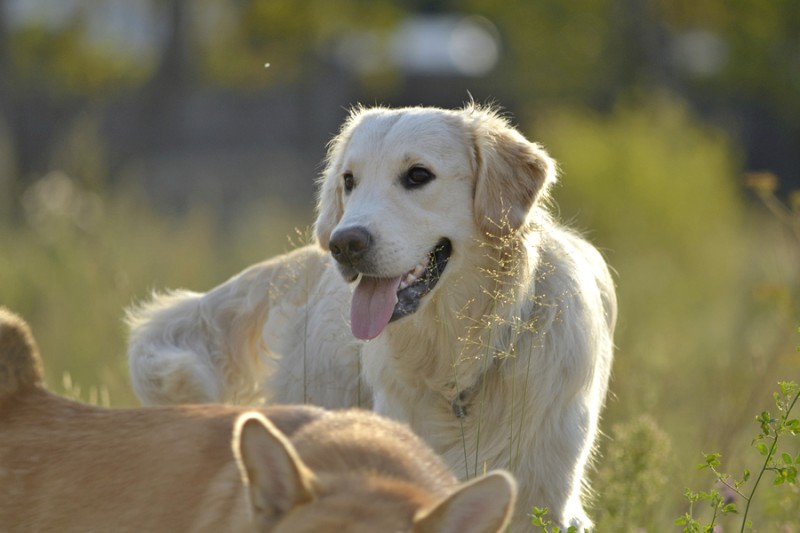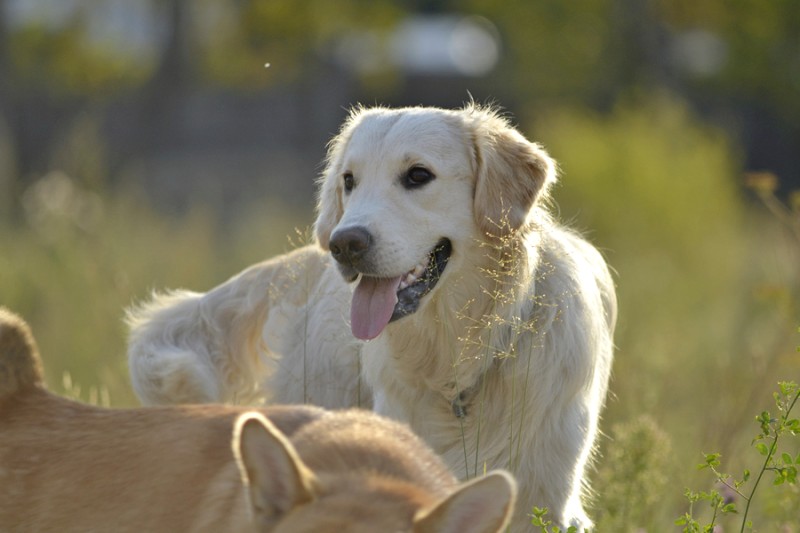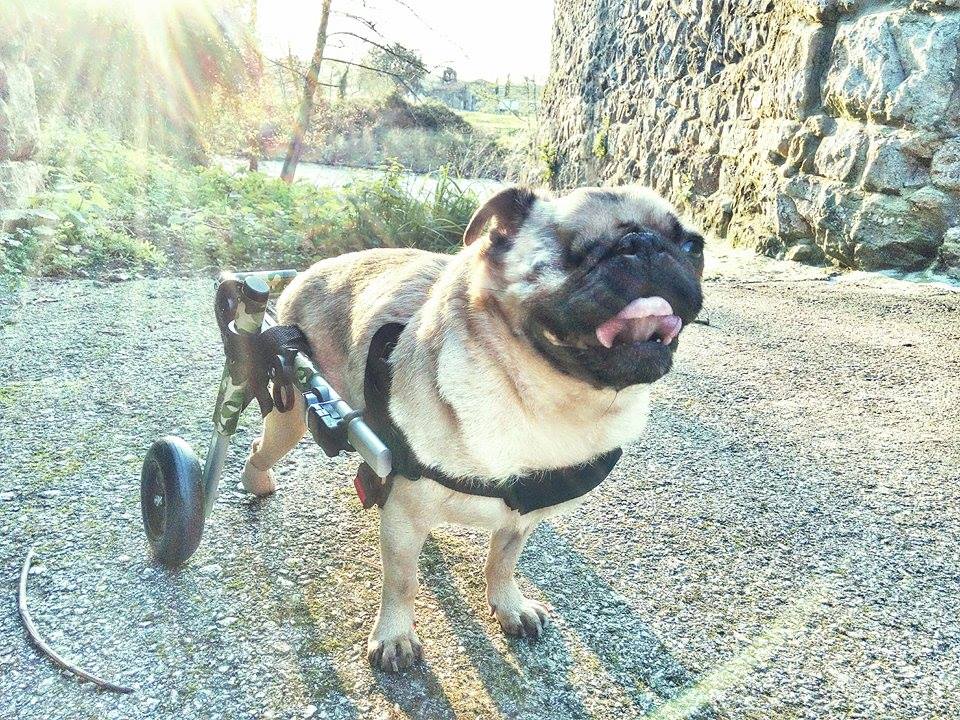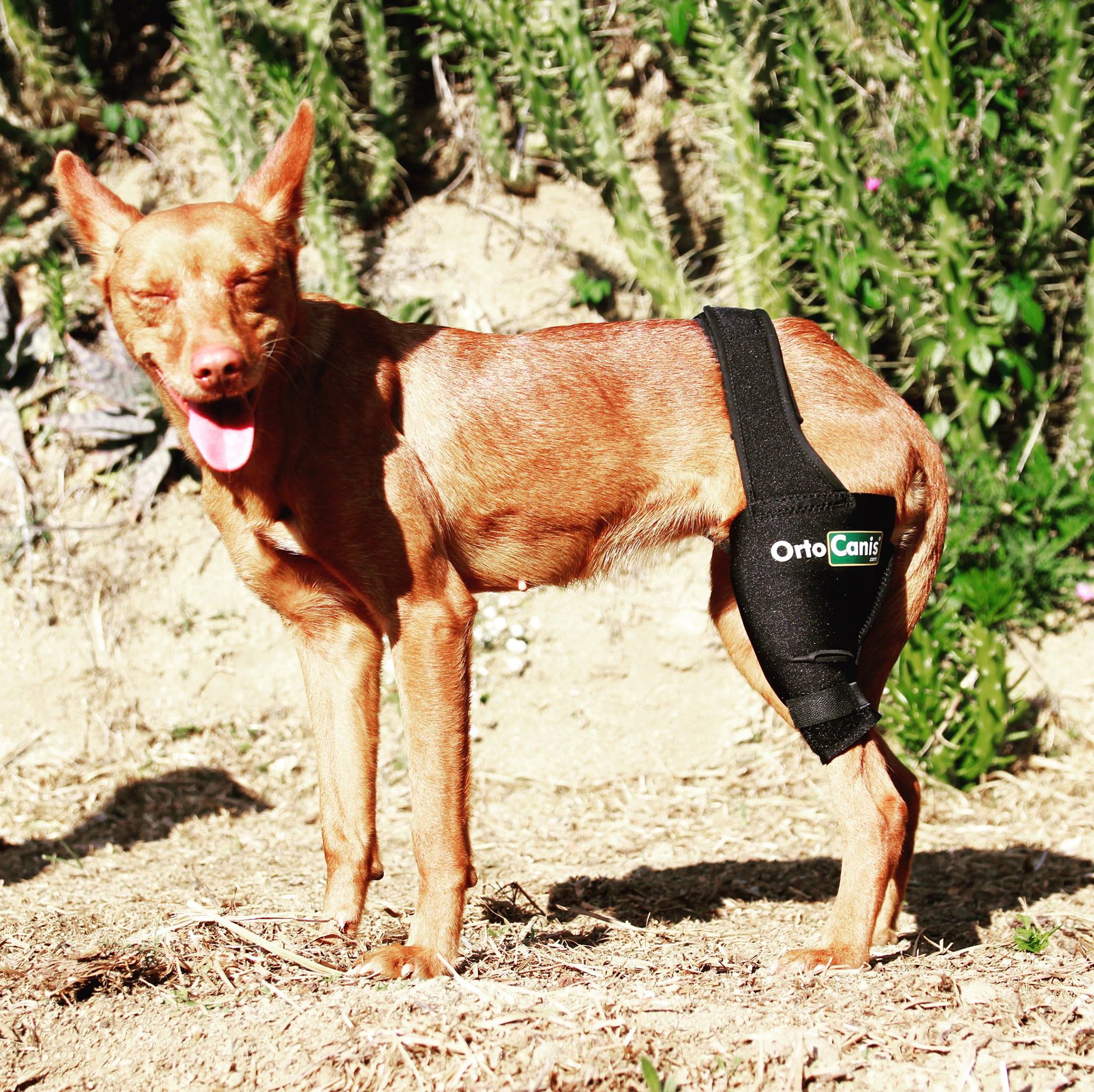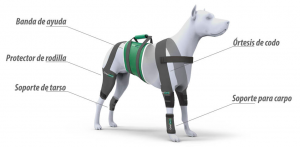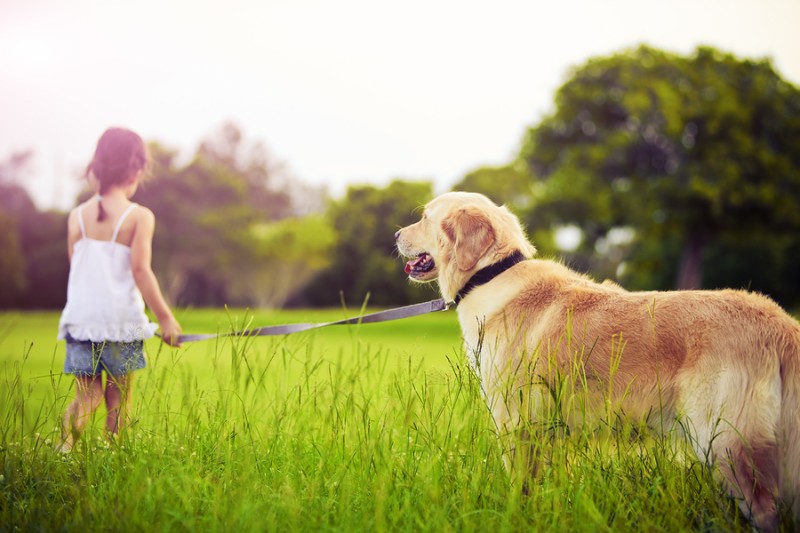Dogs can have health problems related to their limbs. But they can also have back problems . These problems can be both muscular and bone . And it can be due to various factors. For example, to an illness, whether punctual or chronic. Or to a blow.
They can also be due to the wear and tear of bones and muscles due to age . Indeed, elderly dogs can suffer from degenerative diseases, such as osteoarthritis . Also have more aches and pains than a young dog. This affects your well-being, but also your mobility. And as a consequence, in its general condition.
Support for dogs with back problems
A dog with pain not only moves worse. He is also in a worse mood and sadder. In these cases it is best to consult the veterinarian. Both to find out what is wrong and to recommend the most appropriate treatment. On many occasions it will basically consist of supplying anti-inflammatories and painkillers. Other times a surgical intervention will be necessary. For example, if there is a complicated herniated disc .
In addition to these types of treatments, the well-being of dogs can be helped with protectors and orthopedic supports . For example, a thoraco-lumbar thermal support . With them, in addition to having the back protected, they will receive heat in the affected area. In this way, your injuries will improve.
This support is indicated for dogs of a certain age that suffer from osteoarthritis in the spine. Also for those with instability in the lumbar and thoracic area , or cauda syndrome . Apart from this, it is indicated for conservative treatment in herniated discs . And also for the periods after the operations of this ailment.
In general, it is recommended for dogs that suffer from any type of spine ailment. And for those who have mobility problems in the hind legs .
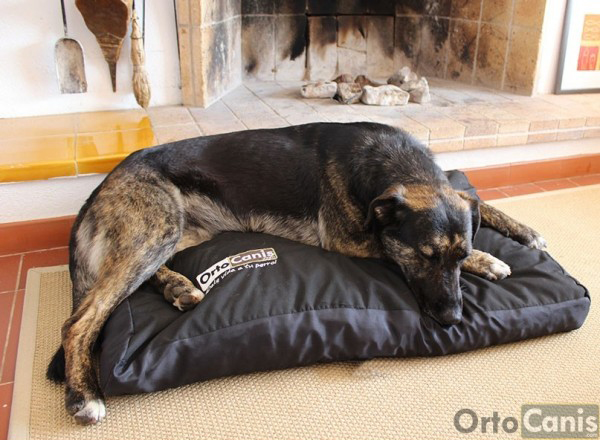
Orthopedic beds and thermal coats
Dogs with back problems should rest well to avoid further pain. Generally, a conventional dog bed will not provide them with the support and support that they need. Therefore, if a dog has spinal injuries or mobility problems it is advisable that they use an orthopedic bed . This is especially advisable if the dog is already old , or if it has osteoarthritis problems.
These types of beds are made in a special way to improve the rest of elderly dogs . Thus, if they rest better, their body will be more rested, and their injuries will soften a little . The same will happen if the dog has osteoarthritis. These beds are manufactured with specific materials and finishes to improve the performance of the animal’s joints.
They are usually made up of a special viscoelastic or foam material , covered with soft fabric with a pleasant touch, so that the dog is comfortable on them. Apart from this, they are usually thicker and firmer than conventional dog beds.
In addition to beds, these dogs also need to be bundled up in winter . Low temperatures can affect your joints and your back . Therefore, it is advisable to put a protective thermal coat on them. This way they will stay warmer and your back will not suffer the consequences of the cold.

